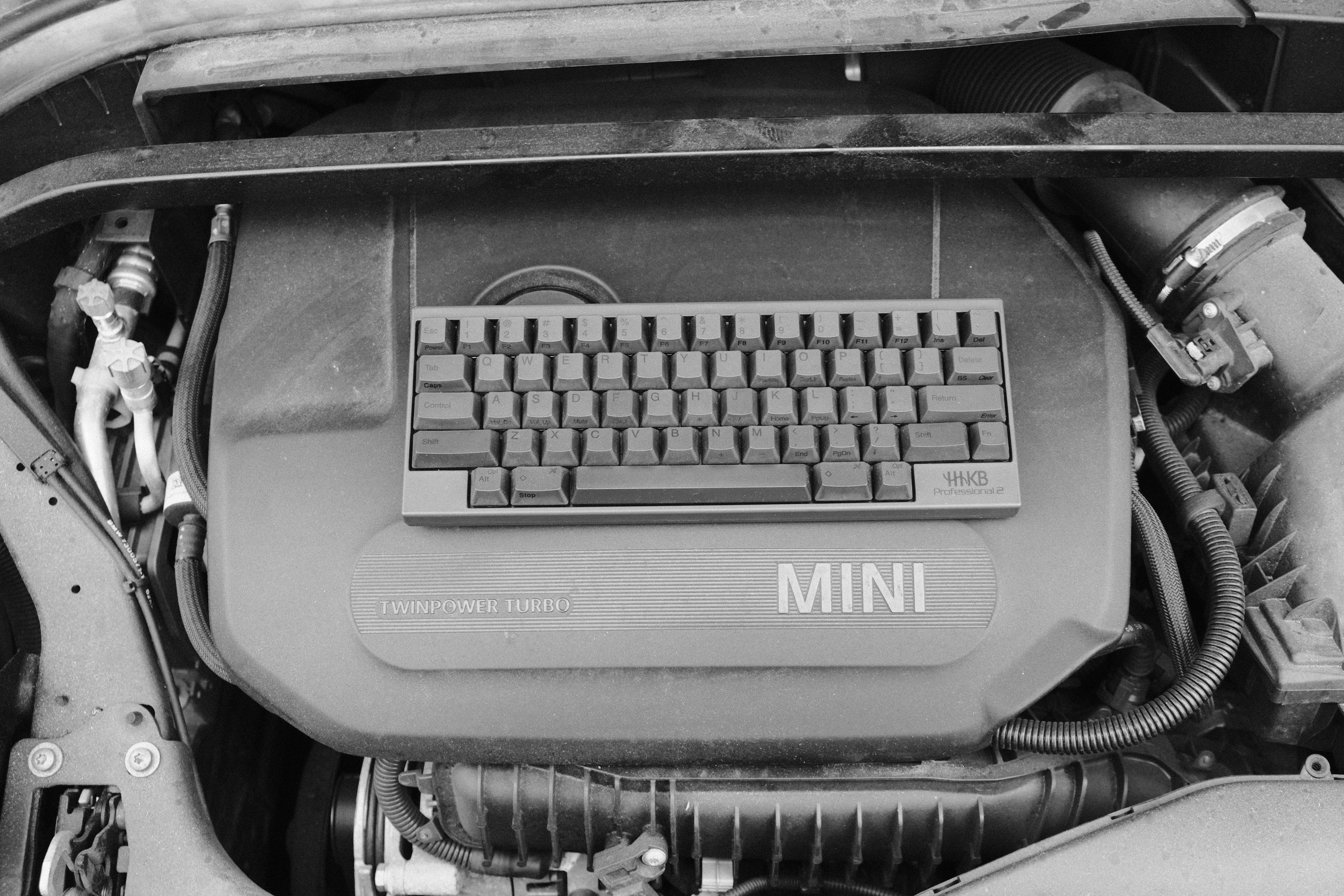
The Ultimate Topre Keyboard Guide: From Electrocapacitive Basics to Expert Mods
The Ultimate Topre Keyboard Guide: From Electrocapacitive Basics to Expert Mods
🧠 What Is a Topre Keyboard? (And Why It’s Not Just a Fancy Rubber Dome)
Disclaimer: written by an unapologetic Topre enjoyer.
If you’ve ever typed on a Topre board, you already know — it’s different. Not “RGB unicorn vomit” different. Different in the “oh… typing can actually feel this good?” way.
Topre (toe-prey, like “opera” with a T) uses electrocapacitive switches — a hybrid of rubber dome and mechanical engineering. Yes, there’s a dome involved. No, it’s not the mushy office keyboard dome you’re thinking of.
Each switch combines:
-
A high-grade rubber dome for tactility
-
A conical spring for electrocapacitive sensing
-
A PCB sensor system for precision and longevity
The result? No metal leaf contacts, no chatter, and a smooth, consistent feel somewhere between “buttery mechanical” and “clouds that gently push back.”
🏭 Who Makes Topre Keyboards?
Topre Corporation is a Japanese manufacturer with roots in car parts and electrical components. Somewhere in their long history, they decided to bless typists with what many consider the perfect switch.
Today, you’ll see Topre switches in:
-
Realforce – Topre’s professional flagship line
-
HHKB (Happy Hacking Keyboard) – 60% layout, minimalist cult icon
-
Leopold Topre – Premium Korean boards with varied layouts
-
NiZ / Plum – More affordable “Topre-style” boards with EC feel
Popular Topre Variants:
-
45g / 55g – Refers to actuation force (45g = lighter, 55g = snappier)
-
Variable weight – Lighter keys on weaker fingers (love it or hate it)
-
Silenced – Integrated dampening rings for a quiet, cushioned stroke
-
RGB models – Found in newer Realforce R3 boards
Is Topre “mechanical”? Technically, no. In practice? It beats many mechanical switches for feel, sound, and durability.
🧡 Why People Love Topre
Ask ten Topre fans why they love it and you’ll get twelve answers — some technical, some emotional, all slightly obsessive. Here are the big ones:
1. The Feel
Topre’s tactility is crisp without being harsh, smooth without being mushy. The dome collapses with precision, the spring actuates without scratch, and the return snap makes fast typing feel almost effortless.
2. The “Thock”
Topre boards don’t click or clack — they thock. It’s a low, rounded, confident sound you feel as much as you hear. Silenced models deepen the thock, while unsilenced ones add a clean top note.
3. Build Quality
No rattle, no creak, no metal contact wear. Domes outlast springs, housings are tight, and tolerances are ridiculous. These boards are meant to be used hard for years.
4. Typing Comfort
Enough feedback to stop you bottoming out, light actuation to prevent hand strain, and a rebound that makes you want to keep typing.
5. Engineering Over Gimmicks
Topre layouts focus on ergonomics and usability, not trends. You buy one because you want a Topre — not RGB snake oil.
6. The Enthusiast Factor
From swapping domes for your perfect weighting to importing rare JP-only boards, Topre fans treat their boards like instruments. Once you’re in, you’re in deep. It's common that people enter topre, and end their search for the perfect feel.
🔬 How a Topre Switch Works
If MX switches are Lego bricks you can mix and match, Topre is a precision watch movement — every part matters.
Main Components:
-
Top Housing – Holds everything in alignment
-
Slider – Guides vertical movement; available in standard or silenced versions
-
Rubber Dome – High-quality silicone for uniform tactility
-
Conical Spring – Sits inside the dome, changes capacitance when pressed
-
PCB Sensor Pad – Detects keypress without physical contact
Why it feels so good:
-
The dome delivers the tactile bump
-
The spring controls actuation via capacitance, not metal contact
-
The slider ensures smooth travel without wobble
-
The whole system is tuned as one — swap the wrong part and you’ll ruin the feel
This design means no debounce delay, less wear over time, and an unusually fast reset for such a tactile switch.
🛠️ Modding Topre Keyboards
Topre may not be as “plug-and-play” moddable as MX, but there’s a thriving mod scene. Popular upgrades include:
-
Silencing rings – Quieter keystrokes without losing tactility
-
Dome swaps – Change actuation weight across the board or per key cluster
-
Lubing sliders – Increases smoothness even further
-
Keycap swaps – Topre uses its own stem shape, but adapters and MX-slider housings open up options
-
Housing dampening – Reduce case resonance for a softer sound profile
🎯 Should You Buy a Topre Keyboard?
Topre isn’t for everyone — and that’s fine. If you love building Franken-switch boards from scratch, you may find it too fixed. But if you want a board that feels intentional, sounds refined, and will last for years, it’s one of the best investments you can make in your typing experience.
Soon we will expand this guide to include modding recommendations and methodologies. But for now this is Part 1. If you want part 2 please contact us and we will move it up the priority list.


